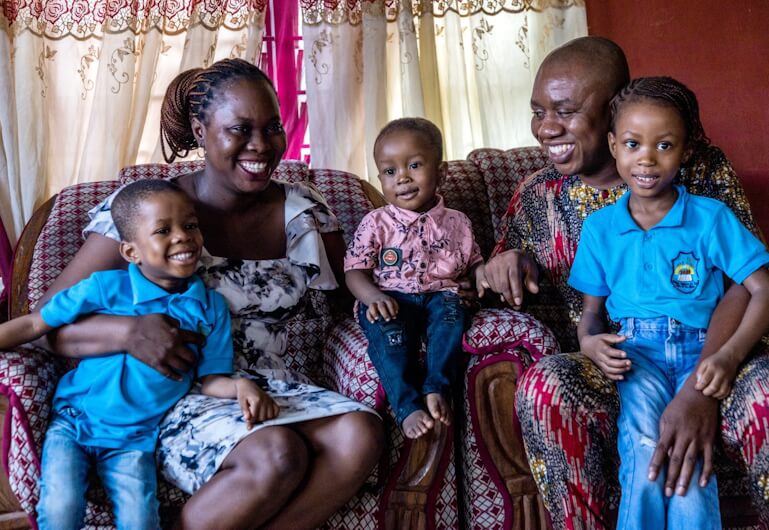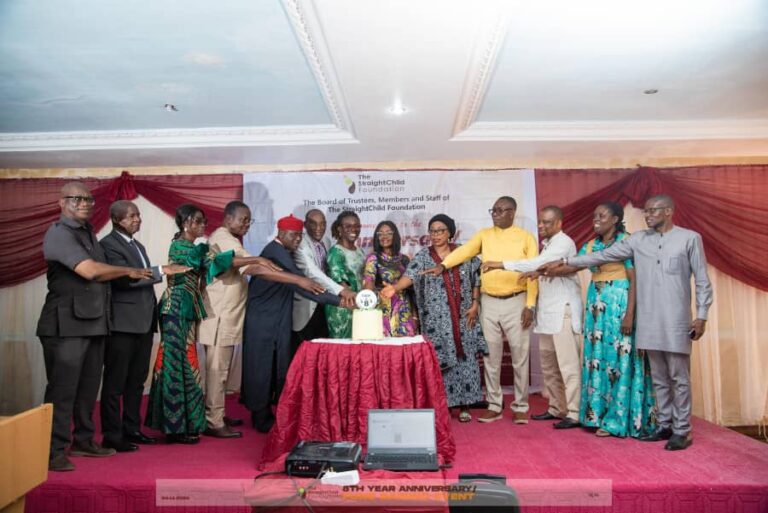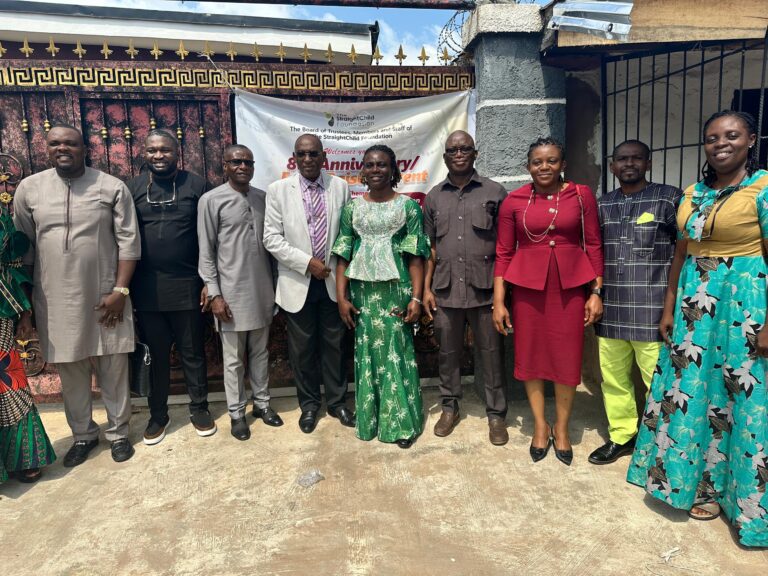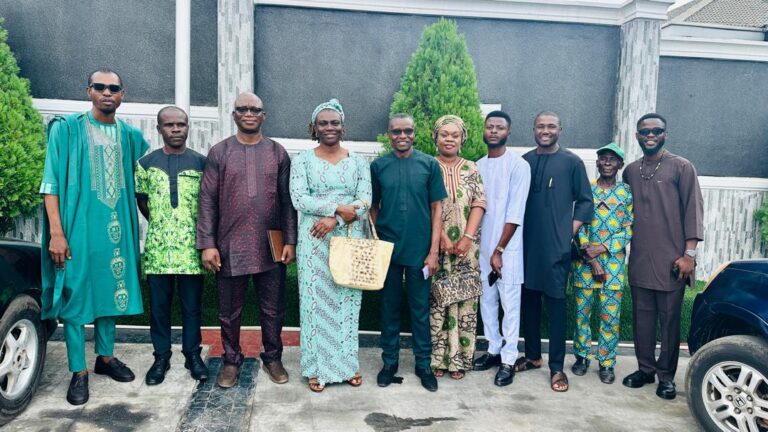Clubfoot is a Problem that can be Solved
Spreading the Good News: Clubfoot is a Problem that can be Solved
Straight from our sponsor: MiracleFeet
On the eve of the Christmas holiday Chinaza gave birth to a baby boy, Joshua.
Joshua’s birth was uncomplicated and three hours after Chinaza went into labor, the newborn’s cry confirmed his safe arrival. When the family returned home to their yellow bungalow in Umuahia it was filled with warmth, the smell of incense, and community. Friends, relatives, and neighbors came to help and share in the family’s rejoicing.
As evening approached, Chinaza’s mother-in-law prepared Joshua’s routine sunset bath, an Omugo custom of the Igbos—a Nigerian ethnic group in the east of the country. Omugo requires grandmothers to help with chores and care for the baby during the first few months until the mother fully recovers from childbirth.
It was only when Joshua was delivered to Chinaza, freshly bathed, that she noticed his strange little feet. Panic started to plague her. “I took a look, and saw that his leg was not normal,” she recalls. “I had never seen anything like that before.”
Very concerned about Joshua’s severely twisted feet, Chinaza returned to the Federal Medical Center (FMC) searching for answers. There, the doctors told her he had a condition called clubfoot. The volunteer team at the hospital counseled Chinaza and reassured her that Joshua would be fine and convinced her to enroll in free clubfoot treatment supported by MiracleFeet and the Straight Child Foundation.
There are nearly 10 million people alive today who were born with clubfoot globally, and of those, 7.8 million live with disability due to a lack of access to proper treatment. Nigeria alone, Africa’s most populous country, has an estimated 10,000 new cases of clubfoot each year. While clubfoot can be corrected by a simple non-surgical procedure known as the Ponseti method, treatment is not widely available in many low and middle-income countries. Lack of access to care often means lifelong disability, pain, and severe stigma.
In Nigeria, and many African countries, lesser-known conditions like clubfoot are often shrouded in mystery and explained by false and invented tales of witchcraft, curses, and karma. In Joshua’s case, some blamed pregnancy stress. Divinely inspired friends and relatives blamed lack of fasting and prayers. The elderly saw it as an insignia of a reincarnated ancestor who was, perhaps, put to a hurried and riteless burial.
“There were too many recommendations and opinions,” recalls Chinaza.
And on the seventh day, treatment
On the seventh day after his birth, Joshua began treatment in a small room at FMC along with many other children visiting the clinic that day. Doctors were examining newborn feet, casting little legs, performing tenotomies, and distributing foot abduction braces. Later, when Chinaza would return to the clinic for subsequent visits with Joshua, the crying infants would stir a nostalgia in her that reminded her of how difficult it had been during the first few months and how Joshua’s constant cries put the entire household, and in fact the whole neighborhood, on vigil. Joshua’s mother, father, and grandmother would take turns cuddling him singing ancient lullabies to comfort and quiet him. It was a challenging time for the entire family, especially Chinaza who would often cry alongside Joshua.
“It was difficult for me,” she recalls. “Whenever a new cast was put on, I wouldn’t sleep that night. He would cry sometimes ‘till two or three in the morning.” Bathing was also a challenge as Joshua’s cast couldn’t get wet. Bath time, once a time for games and water play, was now a chore.
While Chinaza wore a brave demeanor in public, privately she wondered if her son’s feet would ever heal. There were times when she pictured what Joshua might be like as an adult if his feet were not corrected. Secretly she worried: would anyone marry a man who can’t wear shoes on his wedding day? Could Joshua attend school? Would anyone employ a man with two twisted feet?
“There was a point where I got really discouraged,” she recalls. “They nicknamed me the crying mother.”
Fortunately, as Joshua’s feet healed, Chinaza’s mood improved. The boy’s feet, which had severely curved inwards months earlier, were now straight. Holding his father’s fingertip, he could now teeter back and forth across the room. Chinaza was so affected by the experience and so moved by the change in Joshua’s feet that she became a clubfoot disciple – preaching to anyone who would listen about the availability and effectiveness of the treatment her son received. She shared passionately on social media, joined awareness campaigns, and referred anyone she met who knew of or had clubfoot to the FMC.
“In my own little way, I have been telling people that clubfoot is not a death sentence. It’s a big deal, for sure, but it’s a problem that can be solved,”
she said. “The good part is that treatment is free…and I have taken it upon myself to spread that message.”
The smiles on the faces of Joshua’s parents while watching him walk confirm the pride they feel in not only their son, but in themselves for finding and completing care. Joshua’s two older siblings observe the courage that formed around their small brother. Before, his steps were pampered as though he was walking on eggshells. Now, he rolls on the floor, chases toys, and climbs over the furniture.
This day, which began with a stormy breeze, winds down with an evening rain after a hot noon. Chinaza will tell Joshua, when he is older, the story of his clubfoot and will recall the kindness and care of the wonderful doctors at FMC. While no one can predict the future, Chinaza has a stockpile of dreams for her son. She imagines him playing football, working hard in school, becoming a doctor, and ensuring that the poor and vulnerable are well cared for.





Comment (1)
Gregory Armstrong
I will right away grasp your rss feed as I can’t in finding
your e-mail subscription hyperlink or newsletter service.
Do you have any? Please let me recognise in order that I could subscribe.
Thanks.